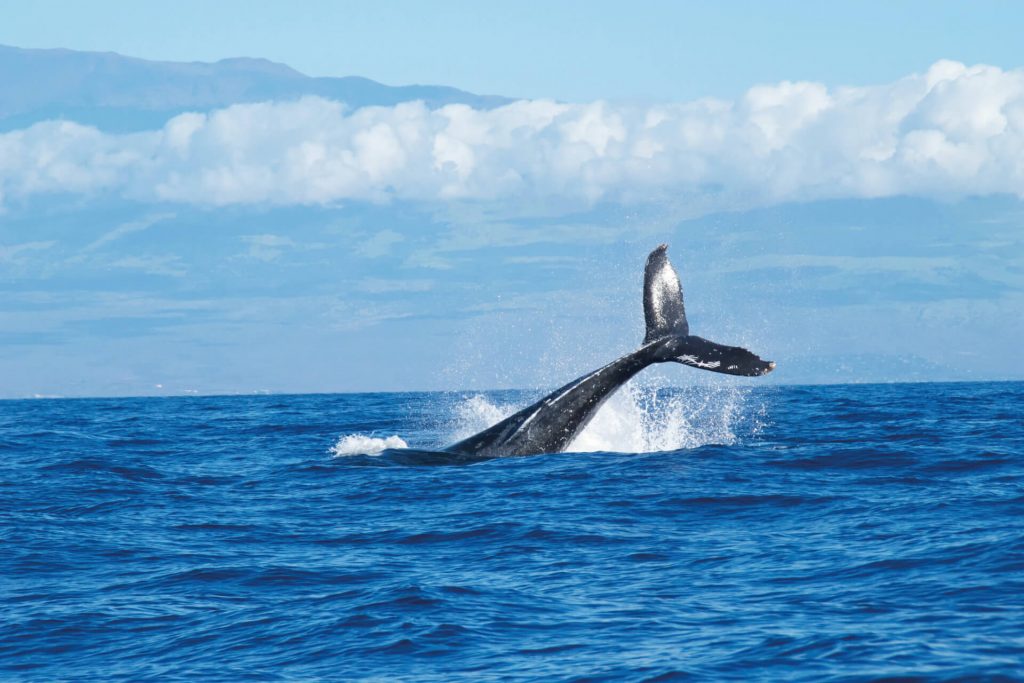The Discovery of the Azores
When you arrive in the Azores, you will notice hundreds of flowers, plants, and trees that are revealed in the magical landscape of the archipelago.
Introduced or invasive species that have become part of the island flora.
Azaleas, Camellias, Jugs, Japanese Cryptomeria, Acacias, or even Conteiras, an invasive species, are very common in the roads and gardens of the islands.
But perhaps the most famous of all is the hydrangea or newt (Hydrangea macrophylla), a species native to Japan and China, but which adapted so well to the Azorean soils.
Colonization of the Azores
But perhaps the most famous of all is the hydrangea or newt (Hydrangea macrophylla), a species native to Japan and China, but which adapted so well to the Azorean soils.
But perhaps the most famous of all is the hydrangea or newt (Hydrangea macrophylla), a species native to Japan and China, but which adapted so well to the Azorean soils.
An integral part of the biogeography of Macaronesia and integrated into the world network of Unesco Biosphere Reserves, the Azores are considered to be one of the richest regions in terms of biodiversity in Europe.
A natural vegetation, made up of endemic species, which constitutes a Natural Heritage of the Azores.
With more than 80 endemic species, which do not exist anywhere else in the world, the Autonomous Region of the Azores is rich in vascular plants counting more than 1000 species.
About 200 are native, having colonized the archipelago without human intervention. The rest are exotic plants, artificially introduced, and it was from these that most of the invasive plants originated.
Besides the vascular ones, there are also bryophytes, liverworts, and anthoceroses, with more than 400 species and subspecies.
Endemic Species of the Azores
With a unique character and having a high biodiversity, the Azorean endemic flora resembles the European flora and has affinities with the flora of the archipelagos of Madeira and the Canary Islands.
Among the endemic species of the Azorean flora and which only exist in the Azorean islands, the following stand out:
- Azorina vidalii is found on all the islands of the Azores;
- Platanthera azorica - It is the rarest orchid in Europe. It is found on the islands of São Jorge and Faial;
- Bellis azorica. It is found on all the islands of the Azores, except Santa Maria and Graciosa;
- Cardamine caldeirarum. It is found on all the islands of the Azores except Graciosa;
- Queiró (Daboecia azorica). It is found on all the islands of the Azores, except on Santa Maria, Graciosa and Corvo;
- Furalha or Mal-furada (Hypericum foliosum). It is found on all the islands of the Azores;
- Louro-da-terra or bay laurel (Laurus azorica). It is found on all the islands of the Azores;
- Myosotis azorica. It is only found on the islands of Flores and Corvo;
- Myosotis maritima. It is found on all the islands of the Azores;
- Folhado (Viburnum treleasei). It is found on all the islands of the Azores, except Graciosa;
- Pau-branco (Picconia azorica). It is found on all the islands of the Azores, except Graciosa;
- Mountain grape (Vaccinium cylindraceum). It is found on all the islands of the Azores, except Graciosa.



Laurissilva Forest
Laurissilva is a type of humid forest, composed mainly of trees of the laurel family and endemic to Macaronesia, a region formed by the archipelagos of the Azores, Madeira, the Canary Islands, and Cape Verde.
The climate of the Azores, humid temperate, allows the Azorean forests to look very similar to tropical forests, with multiple strata, rich in epiphytes, vines and broad-leaved trees. Characteristics of the Lauraceae (laurel family) and which were the basis for designating this type of forest as Laurissilva.
In the Azores, the Laurissilva forests generally start on the coast and their limit is found in the cloud ceiling of the mountainous areas.
The Laurisilva Forest, in addition to the function of storage and carbon fixation, also has a high power of absorption of humidity and precipitation and allows a greater stability of the soil-vegetation system.
They can also recover degraded soils, filter particles and atmospheric pollutants and conserve habitats and protected species.
This type of forests are also producers of biomass, fruits, seeds and other vegetable and organic materials (resins, foliage, wicker, food, aromatic and medicinal plants).
Within the Laurissilva we can find some typologies in terms of altitude:
- Low Altitude Music Laurel (Myrica faya and Picconia; Laurus azorica understory; Frankincense groves; Pittosporum undulatum; Laurus azorica)
- Wet mid-altitude laurel forest (Picconia azorica; Myrica faya; Laurus azorica and Frangula azorica; Hedera azorica; Tall ferns, short ferns and vascular plants; creeping herbs; Bellis azorica; Endemic orchids)
- Hyper-humid laurel forest or cloud forest (Berns; mosses, epiphylls; epiphytes; Ilex azorica; Laurus azorica; Juniperus brevifolia; Sphagnum spp)
The Laurissilva forest dates back 20 million years, a time when it occupied the Mediterranean basin, southern Europe, and northern Africa, areas from which it eventually disappeared.
It had as its last refuge the insular regions, where, due to less climatic fluctuation, provided by the Atlantic Ocean effect, it managed to survive and prosper, as occurred in the Azores.
In the Laurisilva, we can find the following species:
- Holly (Ilex perado)
- Bafo-de-boi (Ranunculus cortusifolius)
- Juniperus brevifolia
- Cedar Thorn (Arceuthobium azoricum)
- Earth Beech (Myrica Faya)
- Radicans
- Sour cherry (Prunus azoric)
- Island moth (Rumex azoricus)
- Pigeon Foot (Ammi seubertianum)
- Sanguinho (Frangula azorica)
- Heather (Erica azorica)
See more:
http://centrocienciaah.com
http://siaram.azores.gov.pt
http://srec.azores.gov.pt/dre/sd/115152010600/nova/Site_AP12A/Flora/Flora.htm
https://acores.flora-on.pt/
https://www.azoresgreenmark.com
https://www.fapas.pt





